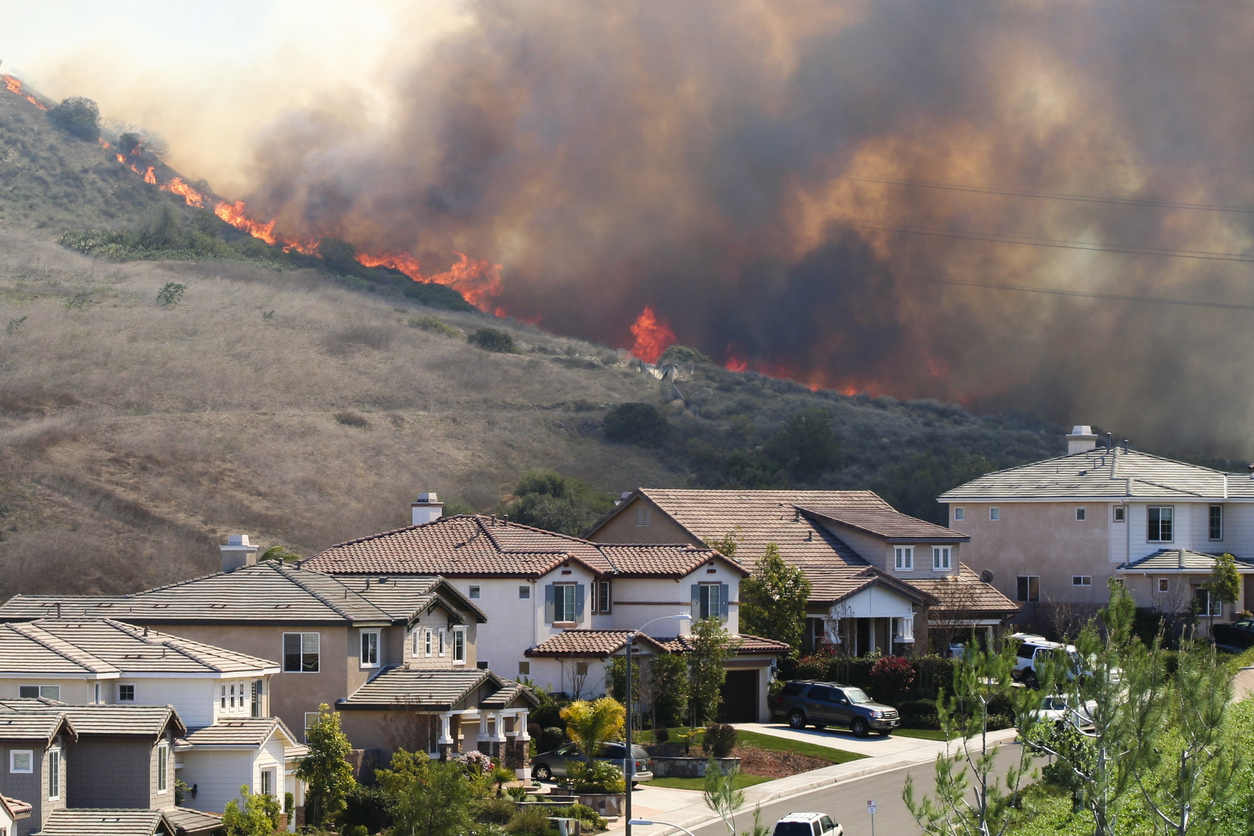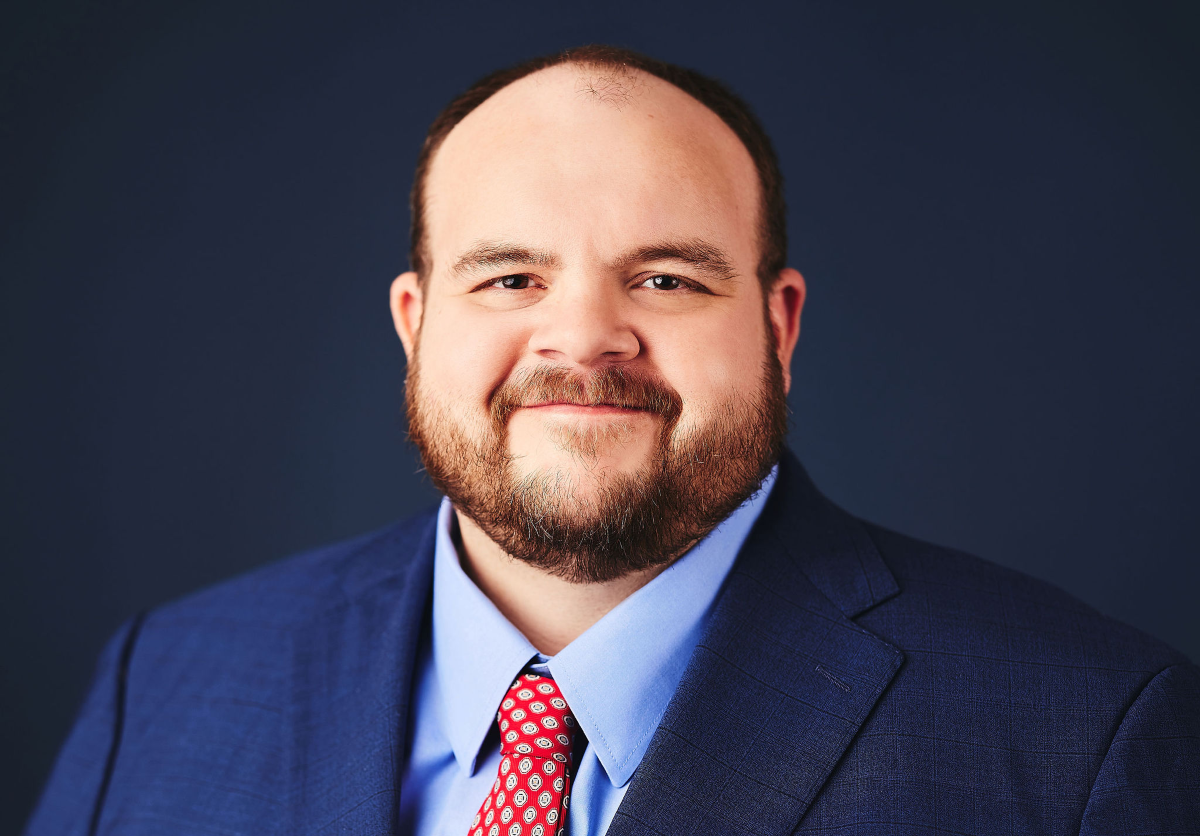Patrick Moffett was at the First Party Claims Conference in Marina Del Rey this week. Another speaker, Matt Blumkin, mentioned Moffett’s update in 2020 of a paper, Wildfire Impact Assessments Completed by an Industrial Hygienist and Other Qualified Experts. Those handling wildfire insurance claims should read and study.
Moffett is recognized as one of the leading experts regarding wildfire assessment. Just his academic and public service committee work is impressive:
•Consensus body developing ‘Standard for Illicit Drugs, Cannabis, Nicotine Residue’ (IICRC, 2020)
• Committee developing the ‘Standard for Professional Wildfire Restoration’ (IICRC, 2020)
• Committee developing the ‘Standard for Professional Fire and Smoke Damage Restoration’
(IICRC, 2019)
• Committee that developed ‘Fire Loss Specialist’ (RIA, 2019)
• Committee that developed ‘Standards for Restoration of Buildings Impacted by Combustible
Particles,’ (ASHRAE/IAQA/RIA, 2018)
• Committee that developed ‘Technical Guide for Wildfire Impaction Assessment for the OEHS
Professional’ (AIHA, 2018)
• Committee that developed ‘Standard for Professional Fire and Smoke Damage Restoration’
(IICRC, 2018)
• Certification Taskforce ‘Contents Loss Specialist’ (RIA, 2018)
• Certification Taskforce ‘Fire Damage Restoration’ (IICRC, 2014-2018)
• Committee that developed ‘Fire and Smoke Damage Certification Program’ (IAQA, 2017)
• Past Contributors to:o IICRC Training Manuals for ‘Fire and Smoke Damaged Restoration’ (2005 to 2018)
o ASCR International; National Institute of Disaster Restoration ‘Guidelines for Fire and
Smoke Damage Repair,’ (1985; 2002)
o IICRC S500 ‘Standard and Reference Guide for Professional Water Damage Restoration’
o IICRC S520 ‘Standard and Reference Guide for Professional Mold Remediation’
o IICRC S540 ‘Standard for Trauma and Crime Scene Cleanup’
The paper also has this regarding wildfire insurance claims issues:
When an insurance claim is filed in a substantial community-wide wildfire, more than likely, the claim may be not be inspected for days or weeks after the wildfire by a company field adjuster, an independent adjuster (IA) or a catastrophe (CAT) adjuster who may have come from out of state.
ii. Unlike a company adjuster, the IA or CAT adjuster are often fact-gathers, who may or may not have claims management authority. Meaning, they may not have the authority to direct the insured what to do, other than advise them to protect their property as best as they can; they will not approve work or pay claims.
iii. Under some state insurance regulations, it is up to the insured to protect their property from experiencing further damage, and not the insurer. Therefore, it becomes the responsibility of the insured to either cleanup wildfire damage, smoke, soot, char and ash impaction as best they can, or hire cleanup companies and restoration contractors skilled in the art of wildfire debris removal, exterior cleaning, interior cleaning and deodorization, including contents (personal possession) cleaning and deodorization.
b. Documentation:
i. In all insurance claims and settlements, documentation is everything. Even when an adjuster inspects the building, that inspection may be the beginning process. The insurer may need to hire others, such as contractors and environmental professionals to inspect and assess damage and impaction, and when required, complete sampling.
ii. In large or complicated wildfire damage assessments, the insured may benefit by getting a second opinion involving damage to their property, including the presence of environmental contamination from burnt neighboring buildings. It is important to document why the indoor air quality is poor to unacceptable, and documenting with distant and closeup photos and videos, including 2-D and 3-D Matterport scanning (a tour) of the interior and exterior, including the placement of furniture, antiques, musical instruments, fine art, etc., can be helpful in substantiating claims.
iii. To maintain integrity of the insurance claim supported with creditable, verifiable, documentation, a visual inspection and assessment, photos and Matterport should be completed as close to the time of loss as possible.
The bottom line is that this is an excellent read for practical information following a wildfire loss.
For public adjusters, I also suggest reading a post by Dan Veroff, Wildfire Claim Adjustment Tips for Public Adjusters.
Thought For The Day
We have to be cautious, we can’t let negativity spread like wildfire.
—Saswata Chatterjee




